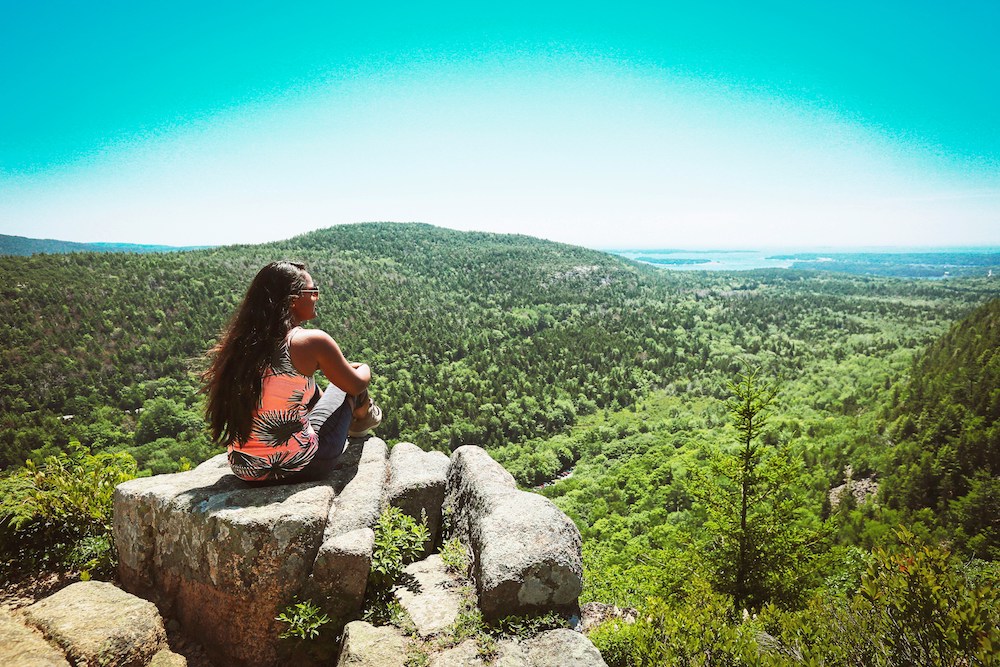June is Great Outdoors Month, a time to celebrate the beauty of nature and the myriad health benefits of spending time outside. Whether you’re hiking, camping, kayaking, or simply enjoying a picnic in the park, it’s essential to prioritize your health and safety. Here are the top five health tips to ensure a safe and enjoyable outdoor experience:
-
Stay Hydrated
Proper hydration is crucial when engaging in outdoor activities. Dehydration can lead to dizziness, headaches, and in severe cases, heatstroke. Here are some tips to stay hydrated:
- Drink Plenty of Water: Aim to drink at least 8 ounces of water every hour when you’re active outdoors.
- Electrolyte Balance: In addition to water, consider drinks that replenish electrolytes, especially if you’re engaging in strenuous activities.
- Monitor Your Urine: Clear or light-colored urine typically indicates good hydration levels, while dark urine suggests you need to drink more fluids.
-
Protect Your Skin
Prolonged sun exposure can lead to sunburn, premature aging, and an increased risk of skin cancer. Protecting your skin is vital:
- Use Sunscreen: Apply broad-spectrum sunscreen with at least SPF 30, and reapply every two hours or after swimming or sweating.
- Wear Protective Clothing: Opt for long-sleeved shirts, hats with wide brims, and sunglasses to shield your skin and eyes from UV rays.
- Seek Shade: Whenever possible, take breaks in shaded areas, especially during peak sun hours between 10 AM and 4 PM.
-
Prepare for Insects
Spending time outdoors often means encountering insects like mosquitoes and ticks, which can carry diseases such as Lyme disease and West Nile virus:
- Use Insect Repellent: Apply insect repellent containing DEET, picaridin, or oil of lemon eucalyptus to exposed skin and clothing.
- Wear Appropriate Clothing: Long sleeves, pants, and closed-toe shoes can help protect against insect bites.
- Check for Ticks: After spending time in grassy or wooded areas, thoroughly check your body and clothing for ticks and remove them promptly if found.
-
Practice Safe Physical Activity
Engaging in physical activities like hiking, biking, or swimming is great for your health, but safety should always come first:
- Know Your Limits: Don’t overexert yourself. Listen to your body and take breaks when needed.
- Use Proper Gear: Ensure you have the right equipment for your activity, such as helmets for biking, sturdy shoes for hiking, and life jackets for water activities.
- Warm Up and Cool Down: Stretch before and after physical activities to prevent injuries.
-
Be Aware of Environmental Hazards
The great outdoors is beautiful, but it can also be unpredictable. Being aware of potential hazards is crucial:
- Know the Weather: Check the weather forecast before heading out and be prepared for sudden changes.
- Plan Your Route: Familiarize yourself with the area, including any potential dangers like steep cliffs, swift currents, or wildlife.
- Carry a First Aid Kit: A well-stocked first aid kit can be invaluable in case of minor injuries or emergencies.
Conclusion
Great Outdoors Month is a fantastic opportunity to enjoy nature and its health benefits. By staying hydrated, protecting your skin, preparing for insects, practicing safe physical activity, and being aware of environmental hazards, you can ensure a safe and enjoyable experience. Embrace the great outdoors, but always prioritize your health and safety.


